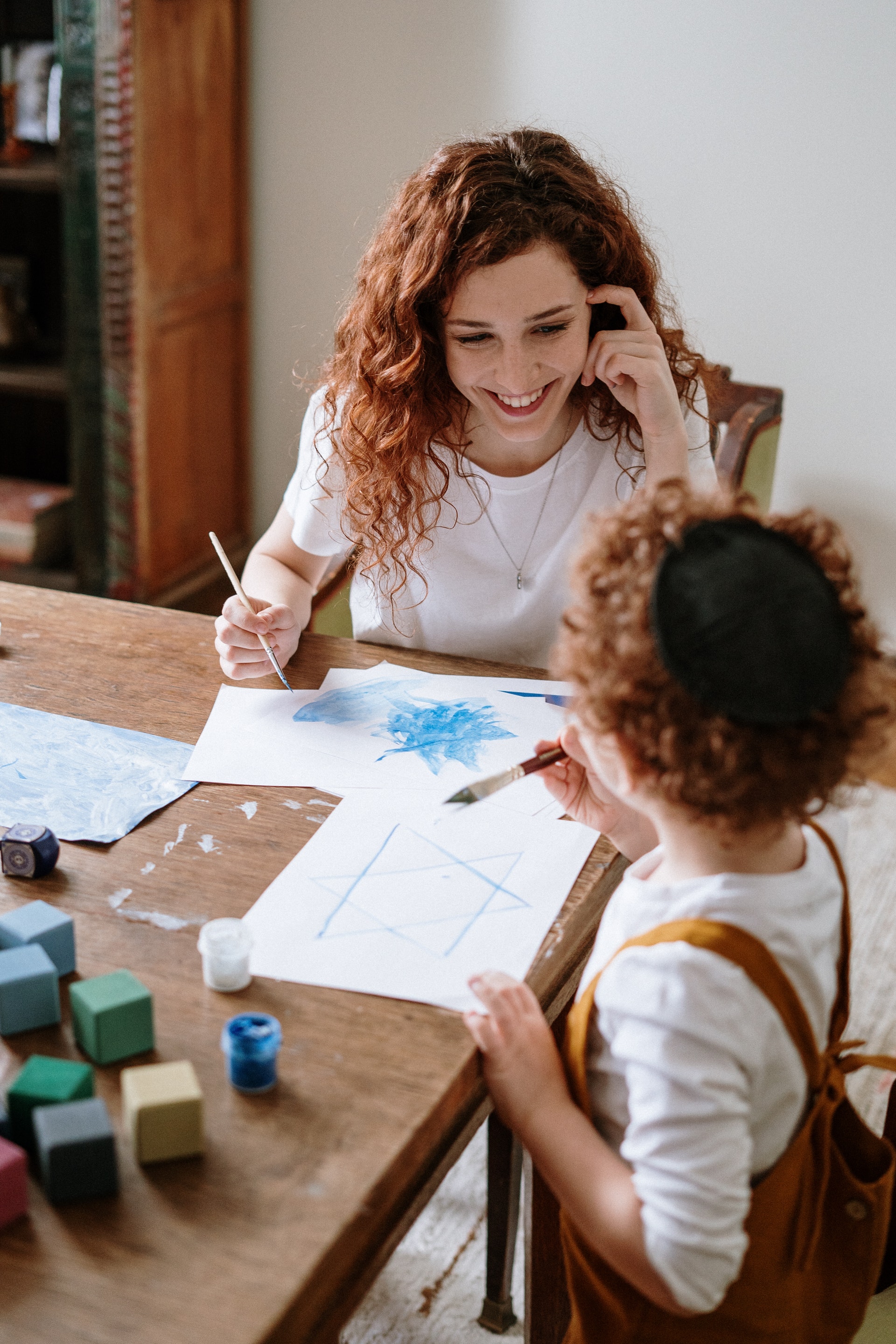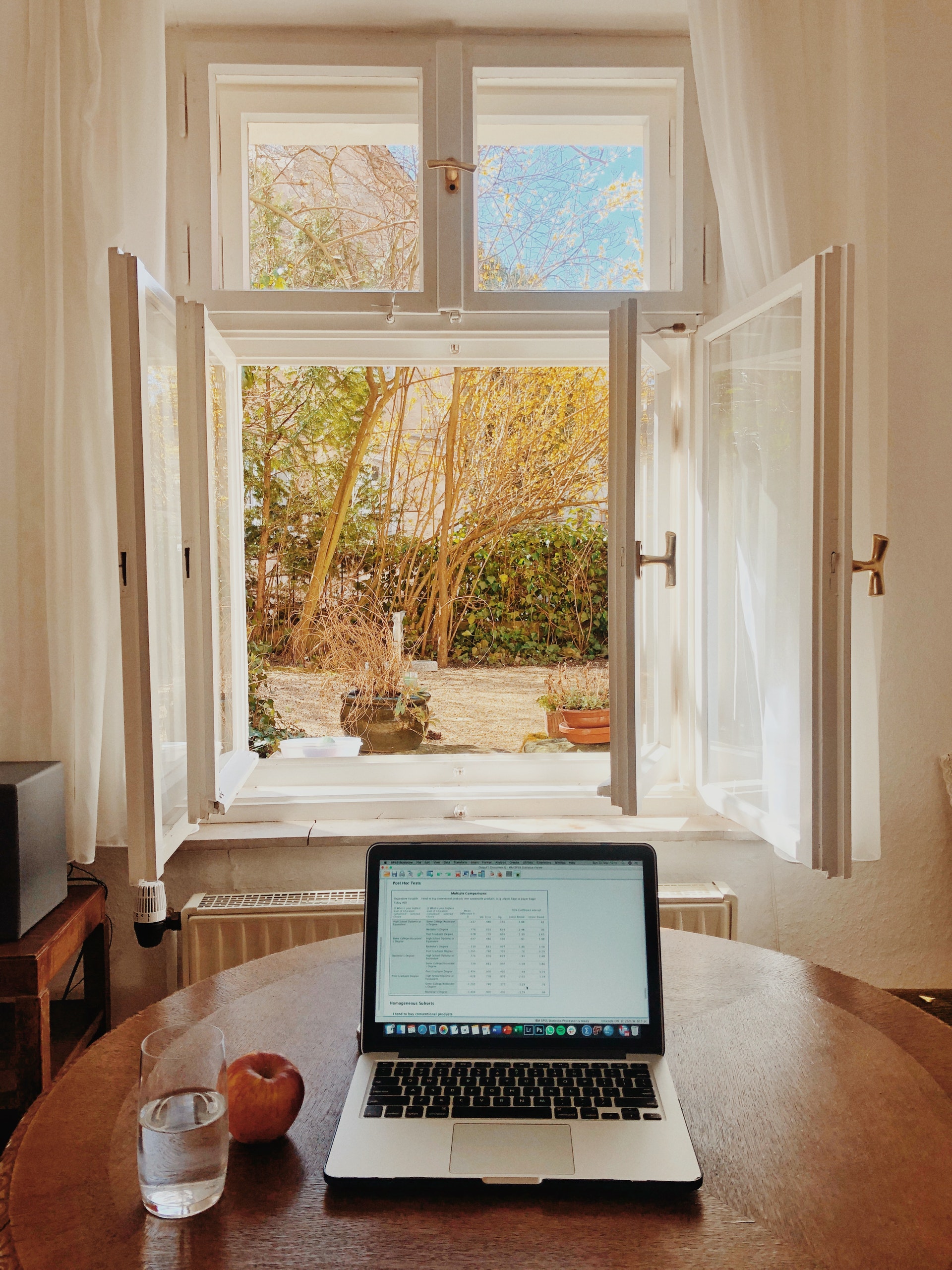I wake up at 4:00 AM because it’s my new normal, my first graders wear masks in the classroom because it’s their new normal, and my fabulous grade 1 team collaborate across the globe because it’s our new normal. We have never been more connected as a globe than we are today. I’m a first-grade project-based learning teacher at Whittle School & Studios, Shenzhen campus.
I left China in mid-January to spend my winter holidays in Colombia, but I couldn’t return due to the global pandemic. During these uncertain times, our school transitioned to remote learning as it was in the best interest of our students. We were one of the early adopters, we experimented with various platforms to find the best ones that could accommodate the current needs of our students. We made mistakes earlier in the game, stayed flexible, and kept improving. By the time other schools came on board, we were already on the fast track.
China has been great in its effort to safeguard its people. In Shenzhen, where my campus is located, many students have returned to school. My first graders went back this week, and it has been an exciting, challenging, and rewarding experience for all of us.
I have been teaching remotely for almost four months now. I can’t speak on behalf of the teachers that are currently on campus in China, but I can certainly represent the expat teachers that are outside, waiting for the borders to open. Here’s what I learned this week when my students returned to campus, while I interacted with them from a remote location 3000 km away.
Have a Teacher in the Classroom
I’m fortunate to have a teacher physically present in my classroom who helps me deliver my lessons daily. Our school strategically placed teachers who are on ground with expat teachers currently outside China. The expectations were clear, the “buddy teacher” would only be physically present as a facilitator, with a focus on technology, behavior, participation and engagement of students. Everything else was the expat teacher’s responsibility.

I have Zoe. She is brilliant. And we work well together. We are not just colleagues with set duties, we are true partners. Zoe has vision, dedication, and a desire to make things better. So, I’m one of the lucky ones because I know that some of my friends around the world are currently teaching with no support or have access to very limited resources. As the founder of our school, Chris Whittle said, “as education pioneers, we encounter this unchartered territory with curiosity and creativity. We hope to walk alongside passionate partners and forge a new path for students. We hope to discover new trails, new discoveries, and new advancements in tomorrow’s educational landscape.”
You might be thinking, Well good for you, but I have no support and it’s just too hard. Or you might be thinking, I wasn’t made for this, I need to find a new job. Or you might be one of those teachers who think, Let’s go with the flow, soon it’ll be summer vacation and I’ll be having a beer on the beach.
The truth is, we can’t go with the flow anymore. The world has changed, and so has our students’ learning needs and preferences. We must forge a new path as we move forward. It’s not easy, but by challenging ourselves, we can learn to be better teachers, effective leaders, and smarter human beings.
Keep it Simple but Have a Backup Plan
At least in the first few weeks, keep your lesson structure as close to remote learning as possible. This will allow you and your students to transition smoothly. Remember, not all students are back yet and they are depending on you. Don’t abandon them. Keeping things simple will make it easier for you to help your students across the globe, regardless of whether they are in the classroom or in a hotel in Argentina.
New teachers hear “keep it simple” and they plan one thing. Yes, for the kids, it needs to seem like an easy-peasy day, but teachers need to plan large not simple. The best behavior management is when you have more than enough for kids to do rather than just enough.

Technology will Fail
On Day 1, Zoe’s laptop camera stopped working, the kids couldn’t see me on the big screen, they didn’t know Zoe well enough, so they ran around the room. Zoe called me, and I felt helpless, I heard one kid shout, Mr. Ashman, Mr. Ashman, I can’t see you. The next one said, Mr. Ashman lives with birds, and everyone laughed. And another one wanted to pee. At that moment Zoe went for Plan B, our backup. We switched to video call, the kids stopped running and gathered around Zoe’s phone while she put the visuals (that I had sent her over the weekend) on the big screen. It might seem ineffective, but it’s not that hard to entertain kids, they get curious about everything. Seeing me on the phone excited them, they couldn’t hear me clearly, but Zoe repeated what I said, and they understood. If thing don’t work, don’t panic, go to Plan B, if that fails (which will), go to Plan C. But if you don’t have a backup plan, then you have no choice but to panic.
Personalization in a New Way
At our school, desks have been rearranged in a grid one meter apart. This has changed everything and has created additional challenges for teachers like me. As a project-based learning teacher, I can no longer design projects that require collaboration in small groups. For most of you this might not be an issue, but if you have a progressive way of teaching where you value 21st century skills and project-based learning, you’ll have to restructure and redesign your lesson plans.
This is now the new normal, and we all need to adapt. If you’re going back to school soon, know that you will have new health procedures to ensure a safe return, so keep that at the back of your mind. Since we re-opened, all students, faculty, and staff get their temperature checked before entering the school building. The homeroom teachers check temperature of their students throughout the day (at least three times). We keep a safe distance. And it’s very different from how we learned before the winter holidays. It’s time to find new ways to personalize education for everyone.

Be Certain with Uncertainty
I never imagined that being certain with uncertainty would be magical. When I decided that I will have our remote students present online during the first 20 minutes of the class (it’s important to limit screen time for young learners), I knew that it would be difficult to manage the one-on-one interaction with everyone who required my attention, I also knew that Zoe would have to do more work, and that students in the classroom might get bored and distracted easily. But we also realized that if we didn’t involve the remote students, they would feel left out, and in some cases feel abandoned. We value the social and emotional development of our students, it’s one of the most important things for us in first grade. So, I said, let’s do it.
The first few days were challenging, too many students asked questions at the same time. We learned, we adapted. On Day 3, it clicked, one student in the classroom found a solution to the problem another student was having at home. These are 7-year old kids who got certain with uncertainty, they welcomed the challenge, and they stayed curious, because of their growth-mindset. Together they learned to collaborate in new and exciting ways. This is how we can all encounter this unchartered territory with curiosity and creativity.
Know Your Students
At my school, we attach great importance to our advisory system and the role of the advisor. I know more about my students for whom I’m responsible than anyone else in the school. One thing I found interesting this week was that the strategies I used inside the classroom for behavior management were equally effective in this hybrid model of teaching.
One of my first graders has special needs, sometimes in the classroom when I want to grab his attention I make up a story about a kid who is obsessed with the same things my student is, he eventually realizes it’s a story about him and he gets curious. On Day 4, in the middle of my lesson, he got up and ran around the room. Zoe asked him to get back to his seat, and I did the same through the screen, but he kept running.

At that moment, a bird arrived on my balcony and chirped. I still remember the sound, the shrill in its voice. There are moments in life that seem unreal, magical, out of this world, moments that only happen when the universe aligns all the pieces in perfect harmony. That moment felt like a divine intervention, like something dropped from the sky. And whatever it was, I accepted it. I asked Zoe to put her laptop on a chair and place it in front of my student’s desk. Then I told a story about an animal that needed help, I used the animated voice he likes, and soon enough he stopped running, went back to his desk and listened with curiosity. I asked him to come up with a solution (using his hand-made measuring tape because we were learning about measurements) to help this animal. And he did, the imaginary animal was rescued. He was happy, I was happy, and Zoe was extremely happy.
Take the time to know your students like no one else can. You are not just their teacher; you are their guide. In Chinese language there is a word that I love, 导师 Daoshi, it means an advisor, a guide. I see it as someone who shows the path, someone who listens, someone who helps uncover our hidden creative genius.
Be Grateful
The most important thing you can do is genuinely show your gratitude to the people without whom you would be just a face on the screen, especially to the teachers who are your voice in the classroom, not the literal sound of your voice of course, that would be scary, imagine Zoe with my voice. And say thank you at every opportunity you get. Make them smile whenever you can, make them feel appreciated whenever you can, and make them happy whenever you can.
You have the power to bring happiness into their lives, so use that power. How about this for a new normal.


